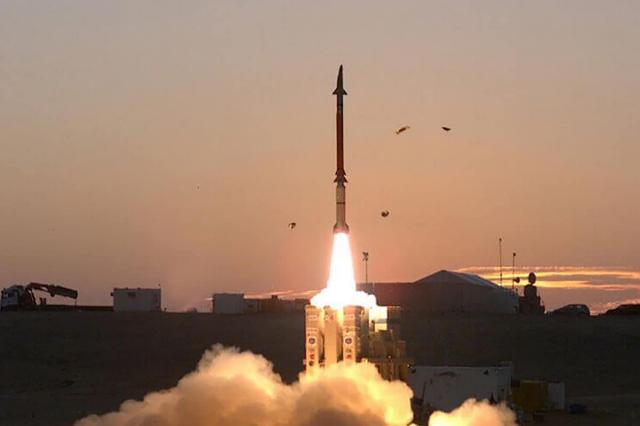According to a number of foreign sources, Israel has arguably the most sophisticated multi-level integrated air defense system in the Western world. In this regard, it is interesting to consider the composition of the main Israeli-made ground-based anti-aircraft missile systems: "Iron Dome", "David's Sling" and "Arrow".
The nature of the threats
First of all, we should briefly focus on the nature of the threats that the Israeli air defense system was designed to counter. On the one hand, Israel's most direct opponents, namely Hamas and Hezbollah, have made significant strides in recent years in expanding and improving their missile arsenals, which poses new challenges for the Israel Defense Forces (IDF).
In addition to multiple launch rocket systems (MLRS), ballistic missiles and mortars, such groups are gaining more and more opportunities to use long-range unmanned aerial vehicles (UAVs) (including kamikaze drones, or barrage ammunition) and cruise missiles. A huge problem for the Israeli air defense system is created by the sheer scale of the potential threat from Hezbollah – more than 100,000 missiles of various types. Hamas, although less advanced, also has barrage munitions (BB) and attack UAVs equipped to drop bombs, as well as an increasingly powerful rocket and artillery arsenal. Countering all this requires a variety of solutions.
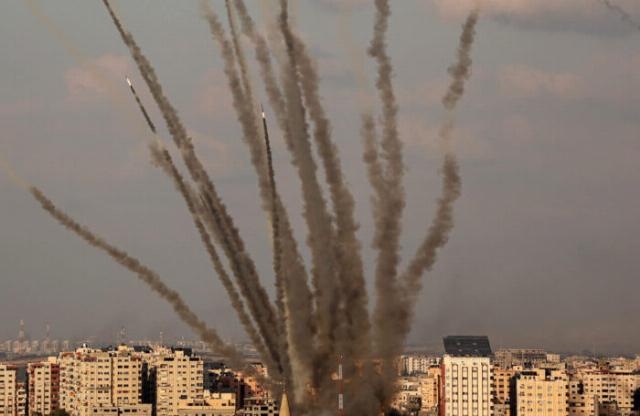
A salvo of Palestinian rockets at Israel
In addition to these groups, there is a threat of a possible attack from Israel's main regional adversary, the Islamic Republic of Iran (IRI). Tehran is diligently developing its own extensive arsenal of UAVs and MLRS systems, improving national missile technologies, and distributing them to its proxies throughout the Middle East. Western experts are most concerned about Iran's increasingly sophisticated ballistic missiles, whose accuracy is constantly increasing. In addition, cruise missiles and long-range UAVs are extremely alarming, which can be launched not from Iran, but from areas where detachments under the leadership of the Islamic Revolutionary Guard Corps (IRGC) operate.
At the same time, there are still parts of the Arab world that Israel must be prepared to confront, even though relations with them have improved significantly in recent years. According to analysts, the ghosts of the past are still looming (and they have only intensified during the current conflict in Gaza), and these countries have means that are much more advanced than they were 10 years ago, which undermines Israel's qualitative military superiority in the region.
The Iron Dome air defense system
The Iron Dome is a tactical missile defense system developed by the Israeli company Rafael at the initial stage of its history specifically to protect settlements and critical infrastructure facilities in Israel from unguided tactical missiles (MLRS and ballistic). Thanks to system updates, the Iron Dome air defense system has been able to intercept cruise missiles, drones and other targets.
The IDF first announced the deployment of the Iron Dome in March 2011. The Tamir interceptor missile used in the SAM is equipped with a highly sensitive active radar homing head, an on-board autopilot and a data transmission system that allows it to track a flying target and approach it at the maximum possible distance. One battery of the complex provides cover for an area of 1,500 square kilometers (a circle with a radius of 22 km), which allows you to intercept targets with a range of 50 to 200 km. The manufacturer guarantees the defeat of the target at an altitude of up to 10 km.
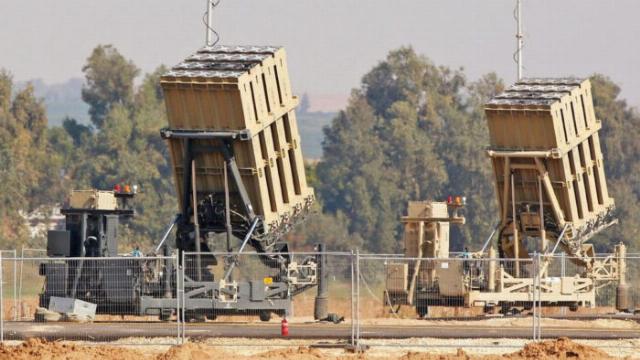
PU of the Iron Dome air defense system
The warhead of the missile detonates at a precisely defined time. The moment of detonation is determined using a laser system with circular sensitivity (360 degrees) located in an annular block on the rocket body, behind the seeker. This non-contact fuse system detects the target when it begins to cross the circular laser beam, and activates the warhead of the missile. When detonated, a high-explosive fragmentation warhead forms a cone-shaped cloud of damaging elements in space, destroying the target.
It is claimed that in practice, the missile is so maneuverable and accurate that it often actually hits an approaching target, although it is not designed for such kinetic applications. In general, Tamir uses a high degree of miniaturization of the elements, but at the same time, the rocket structure is strong enough to withstand extreme overloads that occur in flight.
According to various sources, the cost of one Tamir missile ranges from 40 to 100 thousand US dollars. As a rule, to increase the probability of hitting each target, two missiles are launched. This principle may change during massive attacks and as the number of interceptors in IDF depots decreases during a protracted conflict. In case of a miss, the rocket self-destruct mechanism is triggered. The highly automated Iron Dome system gives priority to projectiles whose trajectory is aimed at populated areas of the country.
Currently, the IDF has 10 batteries of the Iron Dome air defense system. The number of launchers in their composition can vary, and they are considered a valuable asset. The Israeli Defense Ministry said in 2020 that the Iron Dome had successfully intercepted approximately 85% of all targets it had encountered throughout its operational history.
Meanwhile, the massive attack carried out by Hamas on October 7, 2023 on Israeli territory illustrated the fact that the Iron Dome, like any other air defense/missile defense system, is limited in its capabilities. As you know, in a short period of time, Hamas fired from 2 to 4 thousand rockets at Israel (according to various estimates), which led to an oversaturation of the Iron Dome systems and reduced its combat effectiveness to 40%. The result was the destruction of Israeli cities in the south of the country.
David's Sling air defense system
David's Sling is a medium–range air defense system that, according to the IDF, performed its first combat interception of a rocket launched from the Gaza Strip in early 2023. The complex entered service with the Israel Defense Forces in 2017. The system is designed to intercept large-caliber unguided MLRS missiles, ballistic and cruise missiles with a range of 100 to 500 km (according to other sources up to 800 km), as well as aircraft and UAVs.

PU SAM "David's Sling"
The system is the result of cooperation between the Israeli company Rafael and the American Raytheon. Each David's Sling battery includes a vertical launcher with 12 guides for Stunner interceptor missiles. One rocket is reported to cost about 1 million US dollars.
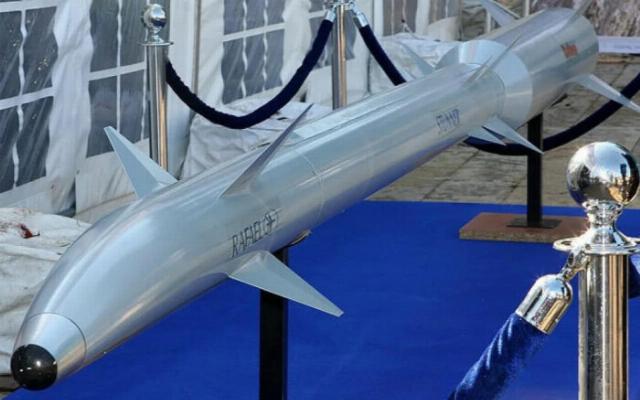
The Stunner missile
Unlike the Tamir missile of the Iron Dome air defense system, the Stunner interceptor implements the concept of kinetic destruction and provides for an actual collision with an aerial target. The Stunner has an unusual dolphin-like profile of the nose, in which a dual-mode seeker is installed. The head combines infrared and active radar guidance methods. The use of a dual-mode homing system provides much greater missile resistance to enemy interference or false targets, and also makes it suitable for hitting a wider range of targets with different radiation signatures and flight profiles, ranging from ballistic missiles to low-visibility cruise missiles.
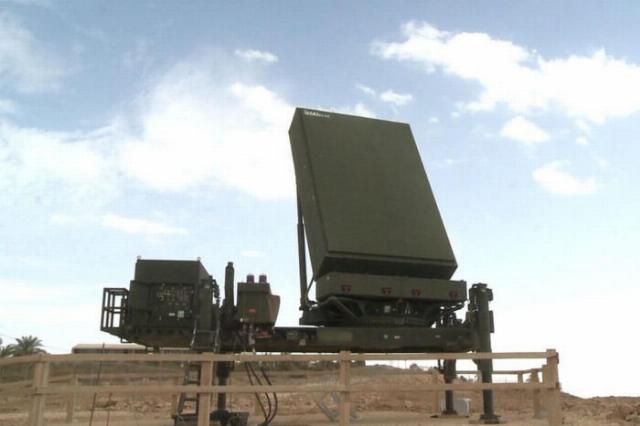
RADAR Elta EL/M-2084 3D
The main data source for David's Sling is the Elta EL/M-2084 3D radar with an active phased array (AFAR). Additionally, the interceptor missile can also receive target data from third-party sources coming via the on-board data link.
The Stunner rocket is launched from the ground and has a two-stage propulsion system. The design provides higher levels of energy and maneuverability, ensuring that the second stage finds its target, even if it is maneuvering at high speed. The absence of the need to equip the second stage with an explosive warhead and a fuse reduces the overall weight, which again increases speed, maneuverability and effective range. According to reports, the missile's firing range ranges from 150 to almost 200 miles (240-320 km).
Strela air defense system
Arrow, a system developed jointly by Israel Aerospace Industries (IAI) and Boeing, occupies the top level of the Israel Defense Forces missile defense system. The complex is primarily designed to intercept ballistic missiles flying at very high altitudes and at extremely high speeds. The latest Strela-3 modification entered service in January 2017.
The Strela-3 interceptor missile carries the kinetic weapon beyond the Earth's atmosphere, where it physically hits the target, destroying it during the intermediate phase of flight. This approach differs from the principles laid down in the Patriot air defense system and, to a lesser extent, in the David's Sling complex, which counter ballistic threats in the final section of their trajectory.
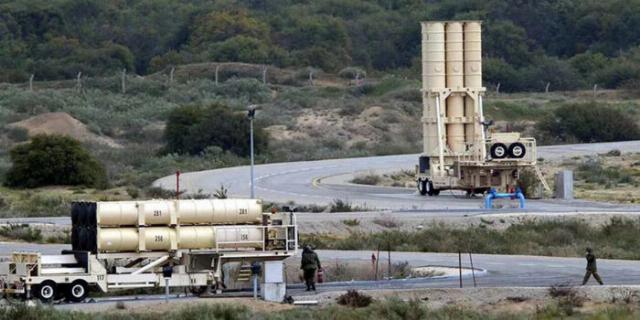
PU of the Strela air defense system
Off-atmospheric interception is most suitable for combating operational-range ballistic missiles (1000-5000 km), including nuclear warhead carriers. Their destruction outside the Earth's atmosphere provides an additional degree of security. According to Israeli media reports, the Strela-3 can hit targets at a range of about 1,490 miles (about 2,400 km).
The previous modification, Strela-2, is considered by Western experts to be the world's first missile defense system designed from scratch. The complex was first deployed in 2000. According to Israeli media reports, the first combat use of Strela-2 occurred in March 2017, when it destroyed a Syrian surface-to-air missile.
Unlike the Strela-3, the finned warhead of the Strela-2 interceptor has high-explosive fragmentation equipment. The missile uses a dual-mode seeker with infrared and active radar guidance. It is reported that Strela-2 is capable of intercepting targets at a maximum range of 62 miles (100 km) and at altitudes up to 31 miles (50 km). This means that the complex is designed to defeat tactical-range ballistic threats.
These systems show that the Israeli military-industrial complex was able to create a national multi-level ground-based air defense/missile defense system. Its capabilities extend from surface airspace to near space, and almost all possible means of air attack by potential opponents of the country act as targets.
According to the materials of the resource twz.com
